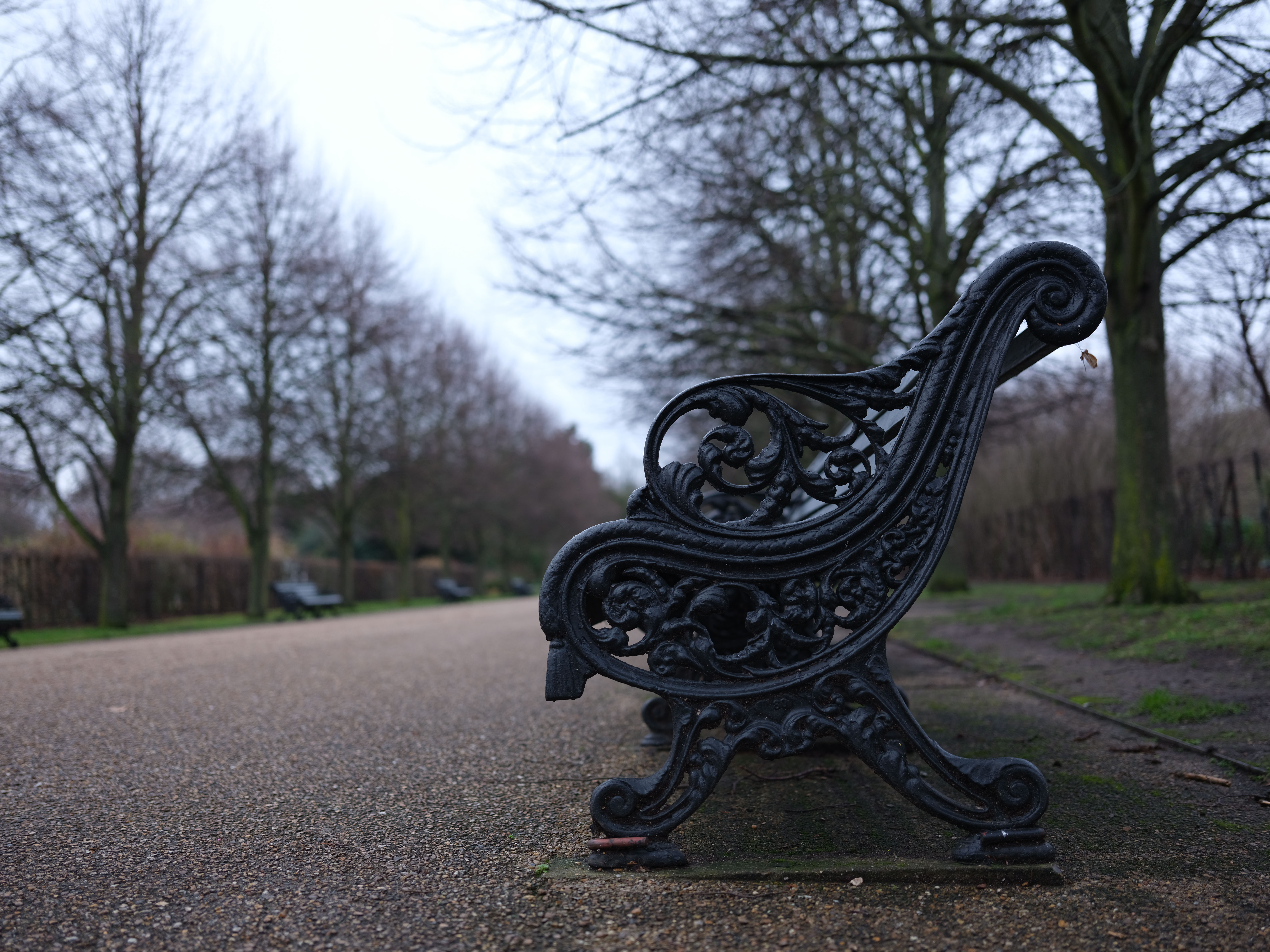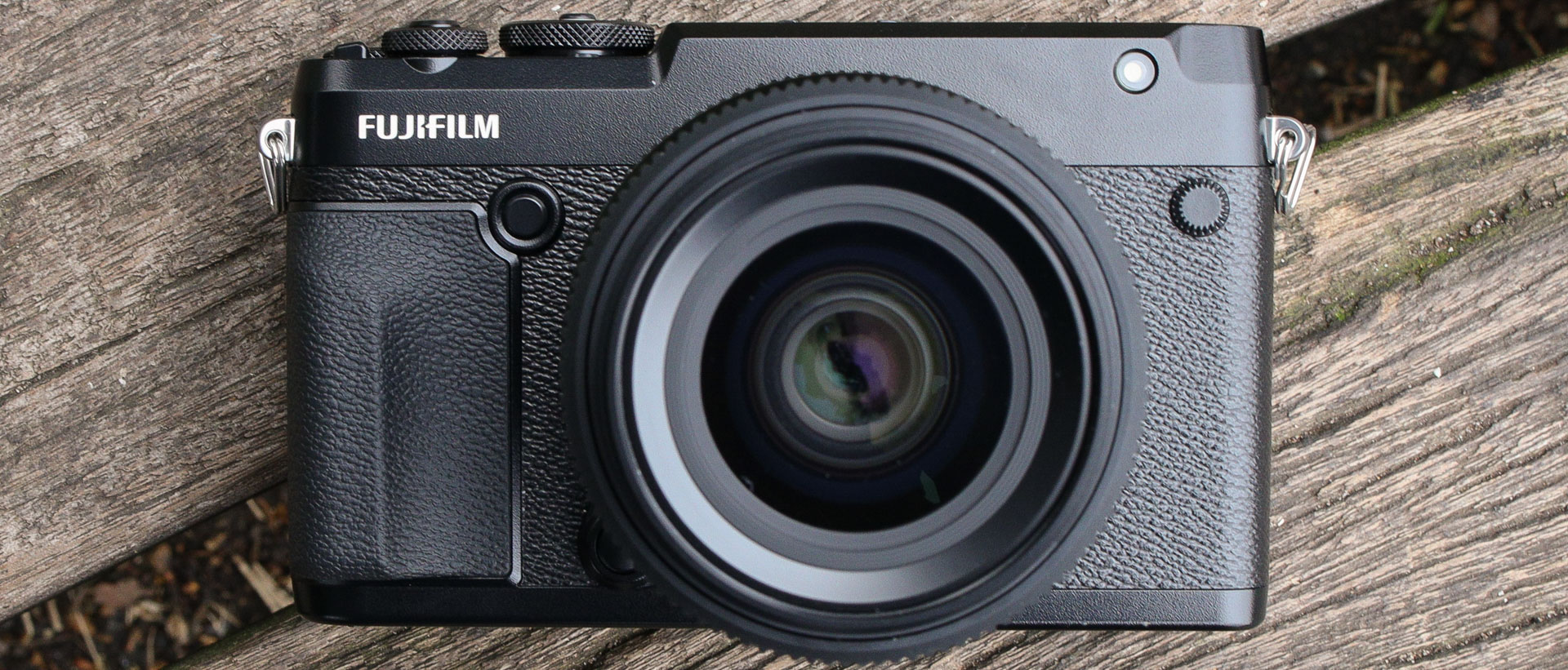Why you can trust TechRadar
Performance
- LCD nicely responsive to touch
- EVF can display artifacts against fine details
- Diopter control well thought out
The touchscreens on previous Fujifilm models have typically been very pleasing to use, and it's the same story here. The panel responds well to touches when changing settings in the Q Menu, and it's just as easy to swipe through images to review them, while double-tapping images lightly magnifies them so that you can check detail. The only time the screen seems to be a little less responsive is when selecting the focusing point, where there's a very brief pause before the camera springs into action.
The screen tilts up and down to facilitate high- and low-angle shooting, and while the degree to which it moves is more limited than on other models, it can still be adjusted to the most important positions.
The viewfinder is generally a good performer. The image itself is nice and clear, only showing artifacts when you're shooting very detailed subjects such as architecture, or when shooting in sub-optimal light, where it can get a little muddied. And, while the 0.77x magnification may not be as high as on the GFX 50S, it's certainly good enough for you to clearly see what you're shooting, or selecting in the menus.
One particularly well-thought-out, if not especially sexy, feature is the diopter control. Its side positioning and pull-out-to-adjust design makes it as easy to fine-tune as it is difficult to accidentally knock out of position – this control can be particularly awkward on other cameras, so all credit to Fujifilm for getting it right here.
In terms of speed of operation, the camera generally responds without any delay. The tabbed menu structure is logical, and the AF lever allows you to zip from place to place without effort, while the Q menu has the added advantage of allowing convenient touchscreen control. Some of the buttons and controls, however, do require something of a firm press for the camera to register changes, much more so than on X-series bodies.
With a fast memory card in place the camera can capture the promised 13 raw and simultaneous Super Fine JPEGs at its 3fps burst rate without slowdown, and these are flushed to the card in around 4-5 seconds. This performance is easily bettered elsewhere, but it's arguably more than adequate when you consider how this camera is likely to be used.
Image quality
- Superb detail in raw files and JPEG
- Low noise, even at higher ISO settings
- Lack of OIS in most lenses may be an issue
It’s hard not to be impressed by the level of detail in images: it’s superb. Even unsharpened raw files show masses of fine detail, although sharpened raw files and JPEGs straight out of the camera improve on this even further. Of course, when you consider what the camera and just a single lens will set you back then you'd be disappointed if you got anything less in return, but it's the fact that you can achieve this kind of quality in a relatively hand-holdable design that makes things so special.
Sign up for breaking news, reviews, opinion, top tech deals, and more.
The lack of noise in low-frequency areas such as skies is also very impressive, particularly as you tend to find this can be an issue even with modern full-frame cameras. Detail remains strong as you venture into the middle of the ISO range, with noise noticeable around the ISO3200 mark but low enough to be dealt with in post processing. Saturation drops a touch at higher ISO settings, but this isn't unusual.
Such solid high-ISO performance is just as well, as the fact that only three current native lenses sport image stabilization means you’ll be more likely to rely on higher ISO settings than might otherwise be the case. Wider apertures also help here, although you'll need to be aware of the shallowness of depth of field if you want to render a number of subjects at different distances in focus.

Click here to see the full-size image

Click here to see the full-size image

Click here to see the full-size image

Click here to see the full-size image

Click here to see the full-size image

Click here to see the full-size image

Click here to see the full-size image
The camera's metering system is generally sound, with just a very slight bias towards underexposure. The exposure compensation dial makes this easy to rectify where necessary, and thankfully this doesn't seem to be as easy to catch and knock out of position as it is on some other models.
Fujifilm has equipped the GFX 50R with a reasonable collection of its Film Simulation modes, from the established Standard/Provia and Vivid/Velvia options through to the newer ACROS and Classic Chrome settings. These are very much a known quantity, and colors in JPEGs are very pleasing when these settings are matched with appropriate subjects. One thing to watch out for, however, is the Auto White Balance system, which is fine in natural light but can show slight inconsistencies when capturing images under mixed natural and artificial sources.
Current page: Performance and image quality
Prev Page Build, handling and AF Next Page Verdict and competition